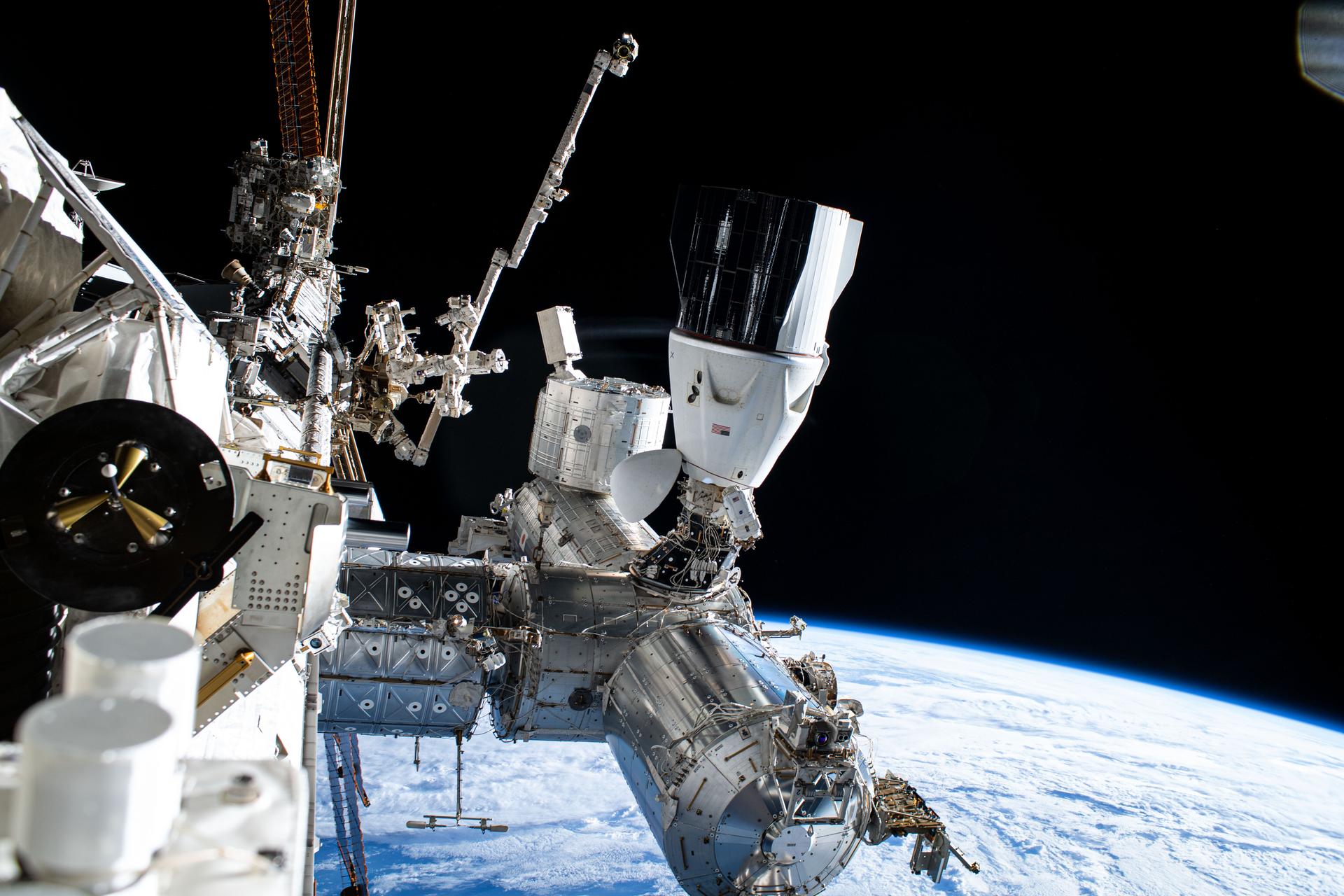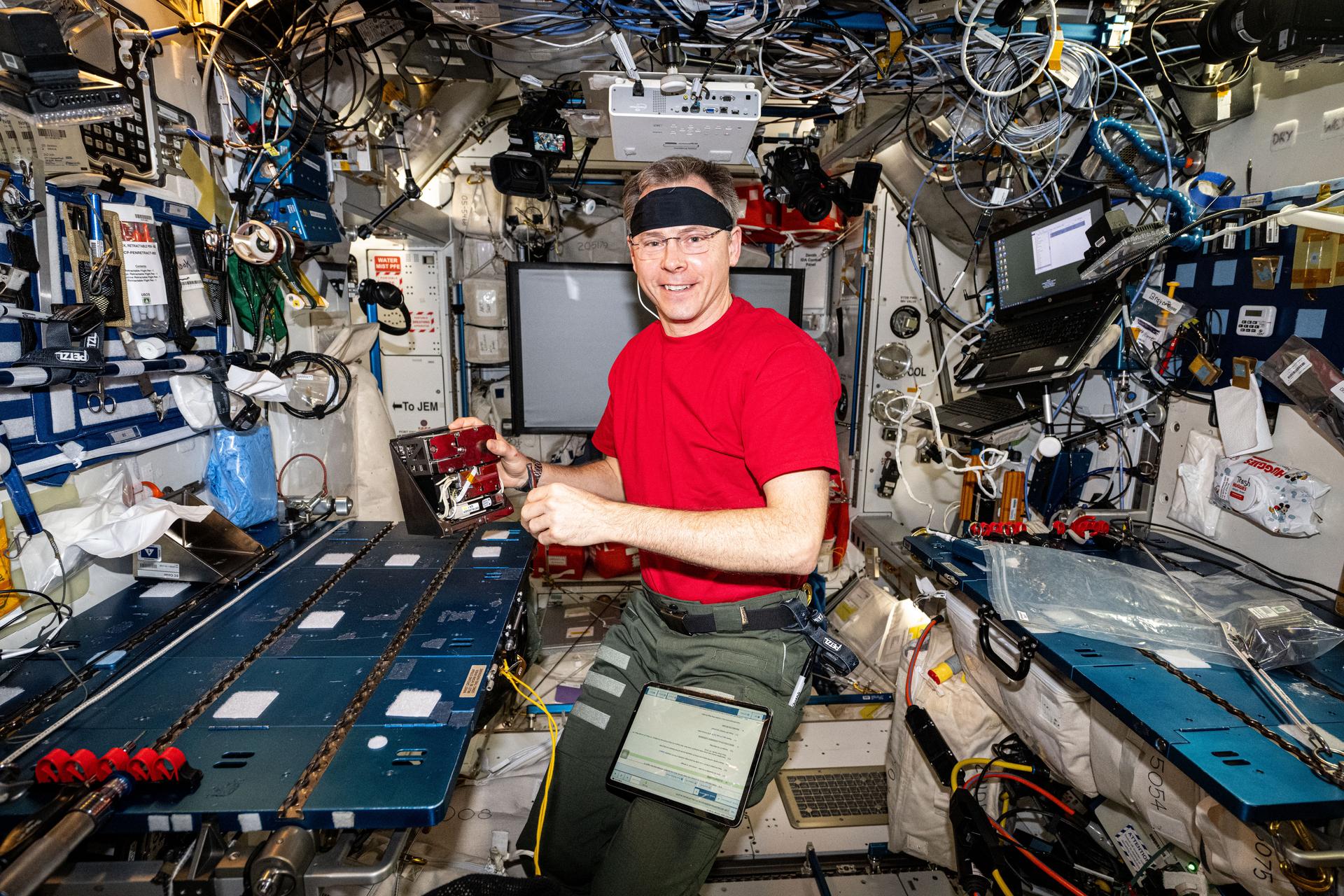Muscle stimulation and blood tests topped the International Space Station research schedule on Friday helping doctors learn how to keep astronauts healthy on long-term missions. The Expedition 72 residents also winded down the work week cleaning spacesuits and life support gear aboard the orbital outpost.
Muscle Research, Blood Tests To Promote Healthy Crews End Week
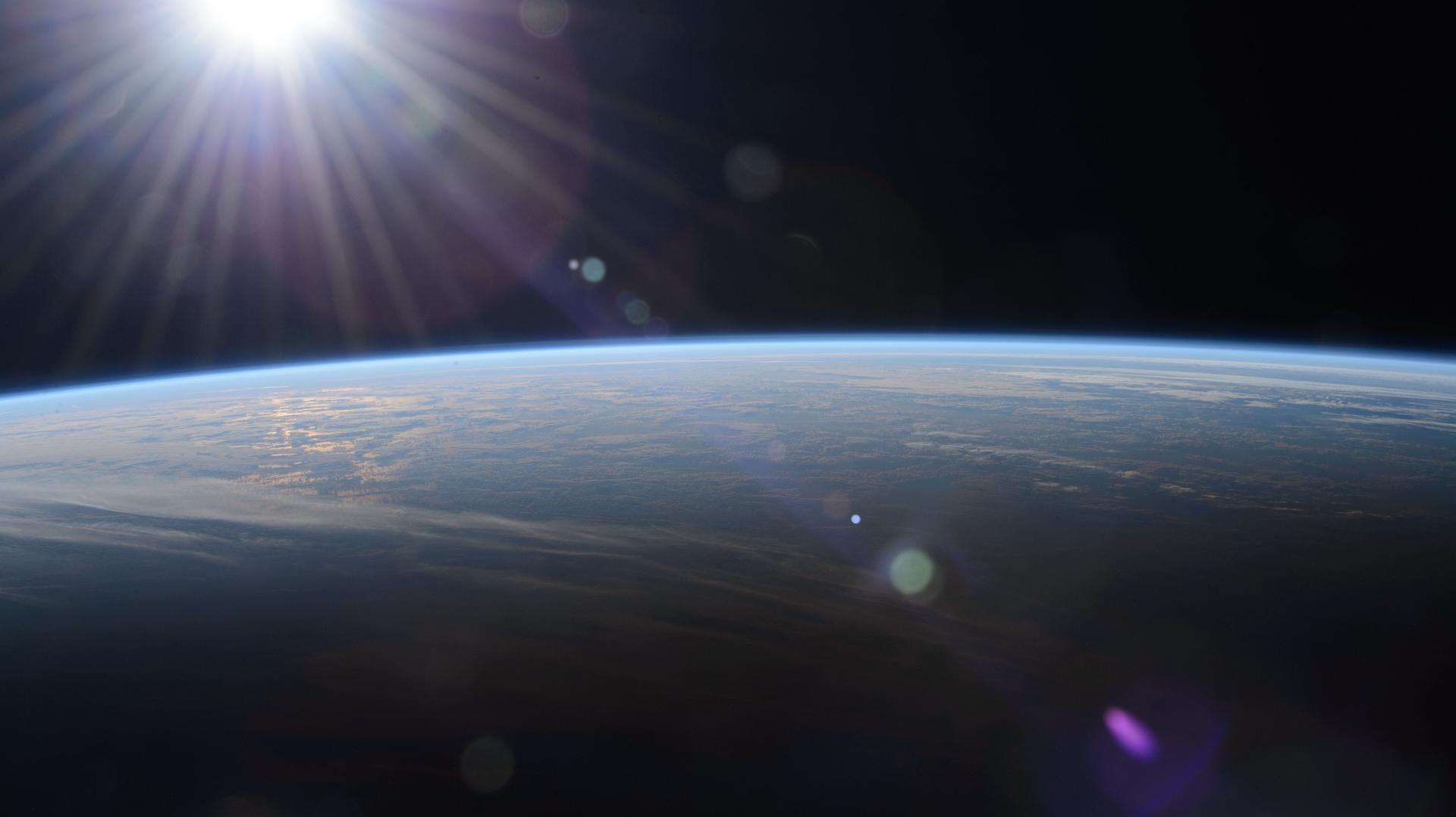










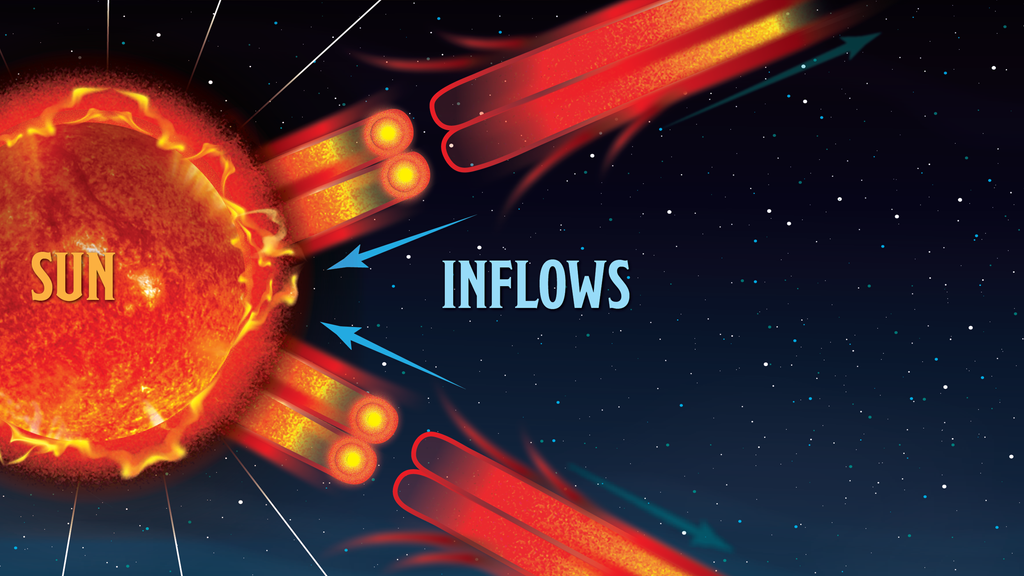



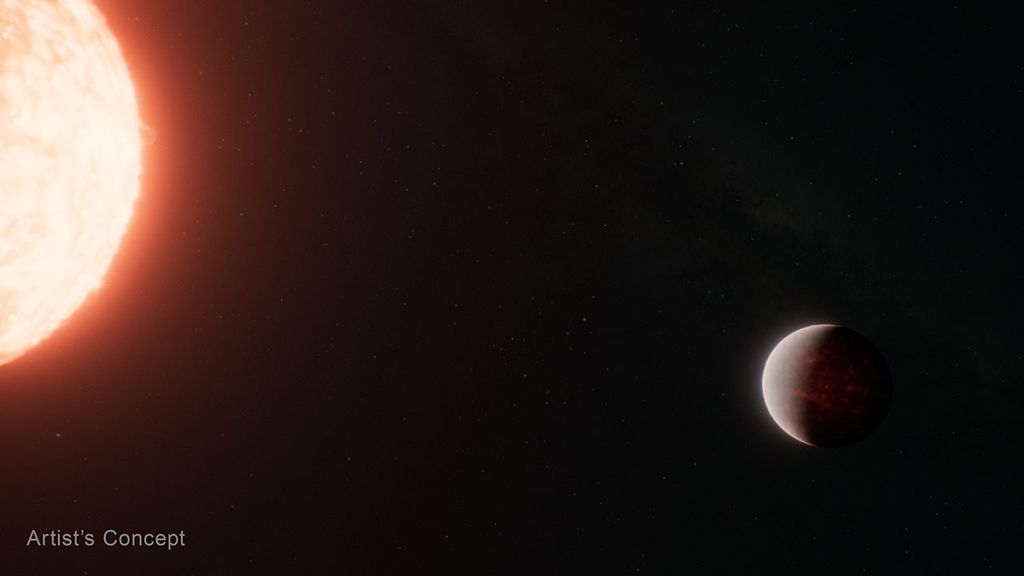
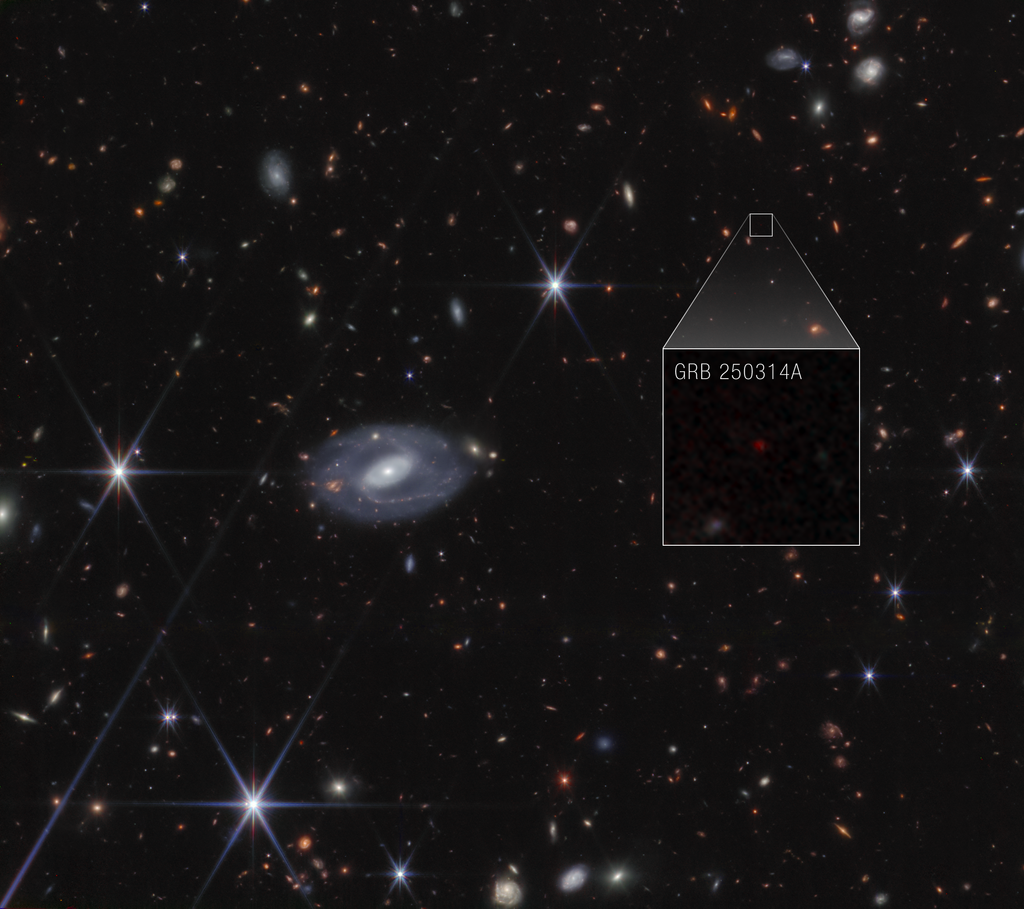










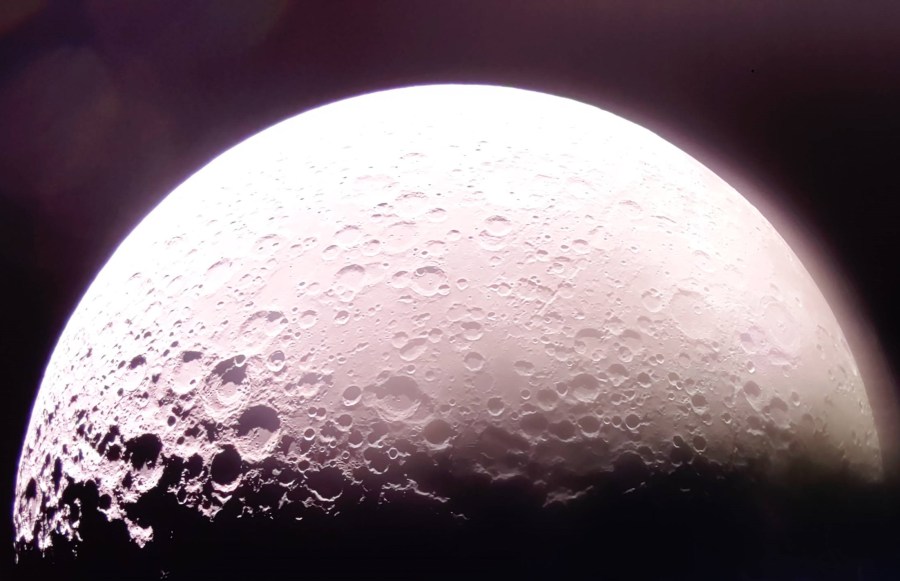
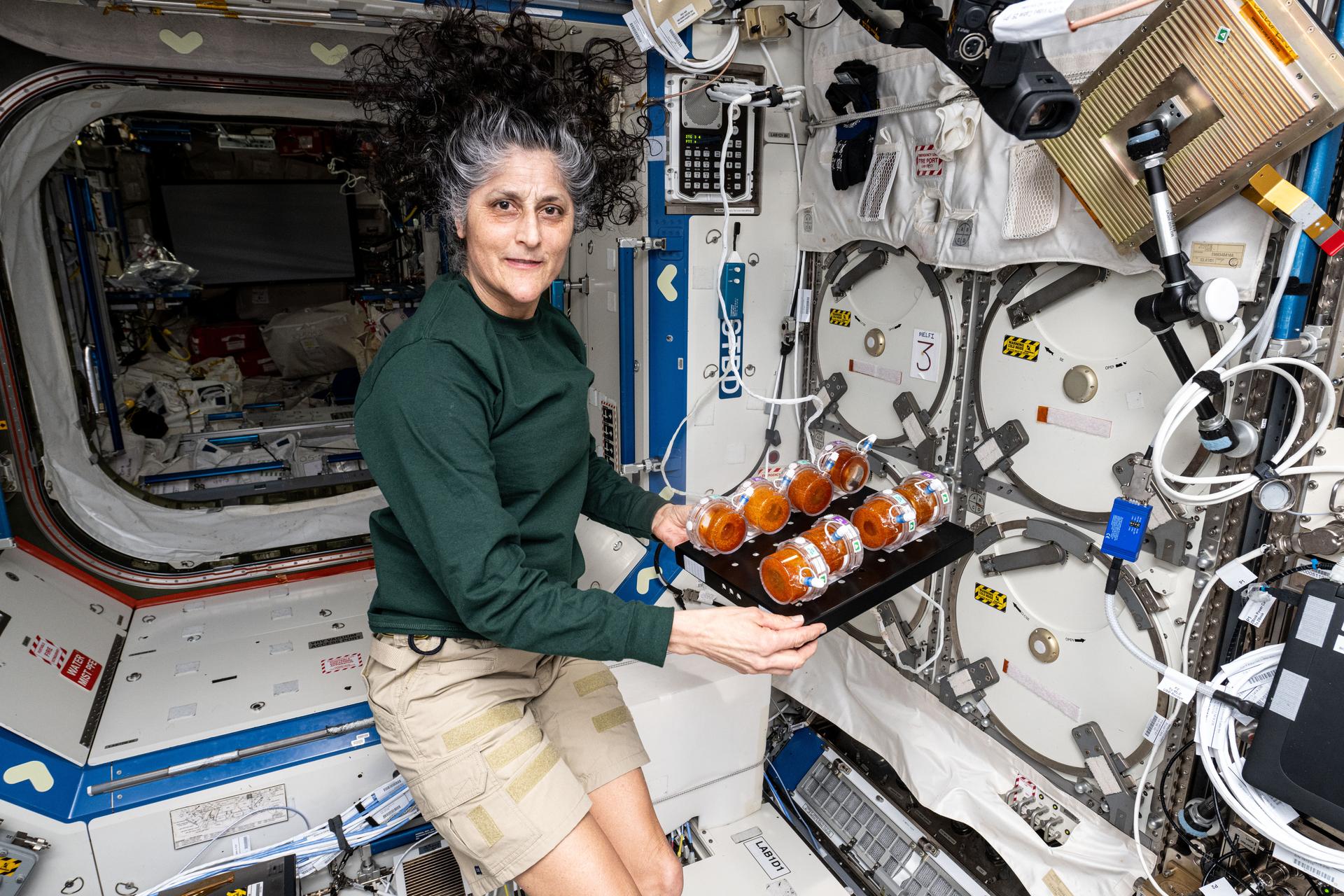
![Images of the trans-Neptunian objects (TNOs) Pluto [left] and Arrokoth [right], the primary flyby targets of NASA’s New Horizons spacecraft in 2015 and 2019.](https://assets.science.nasa.gov/dynamicimage/assets/science/missions/webb/outreach/sidebyside.png?w=872&h=456&fit=clip&crop=faces%2Cfocalpoint)
